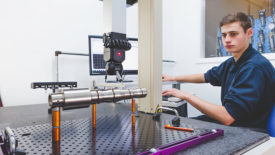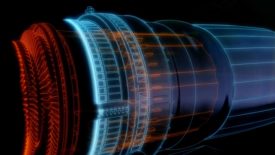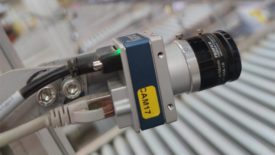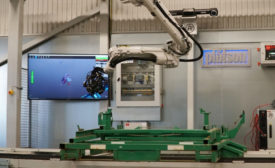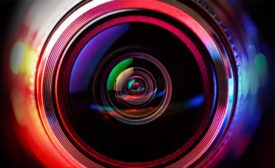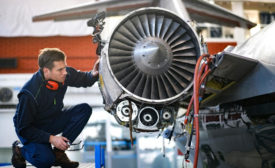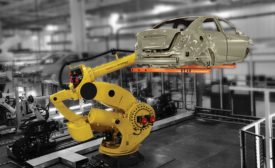Home » automated inspection
Articles Tagged with ''automated inspection''
NDT | NDT in Aerospace
As the number of flights is expected to keep increasing over the years, flaw detection is critical to safe air travels.
Read More
Aerospace | NDT in Aerospace
How Advancing CT Analysis Capabilities Support Collaboration and Product Quality
The looping of CT analysis via digital models can improve every aspect of the design-to-production cycle.
July 10, 2023
Vision & Sensors | Machine Vision 101
Automated Inspection 101: Benefits for Industry
Automated inspection can take many forms and show up in a wide variety of industries.
July 4, 2023
How Automation Helps to Improve Quality
Automating quality control can look different for every organization.
December 10, 2021
VISION GUIDED ROBOTICS
Best Practices for Implementing Vision Guided Robotics
An important first step in any application is a thorough project evaluation prior to system design and implementation.
April 8, 2021
Save Time with Auto Ballooning
By auto ballooning various model types, companies can complete forms faster.
June 1, 2020
Quality in Automation > Trends
The Latest Trends on the Shop Floor
Automation has made closed-loop metrology systems, nondestructive testing and productivity increasingly accessible.
April 6, 2020
Stay in the know with Quality’s comprehensive coverage of
the manufacturing and metrology industries.
eNewsletter | Website | eMagazine
JOIN TODAY!Copyright ©2024. All Rights Reserved BNP Media.
Design, CMS, Hosting & Web Development :: ePublishing

